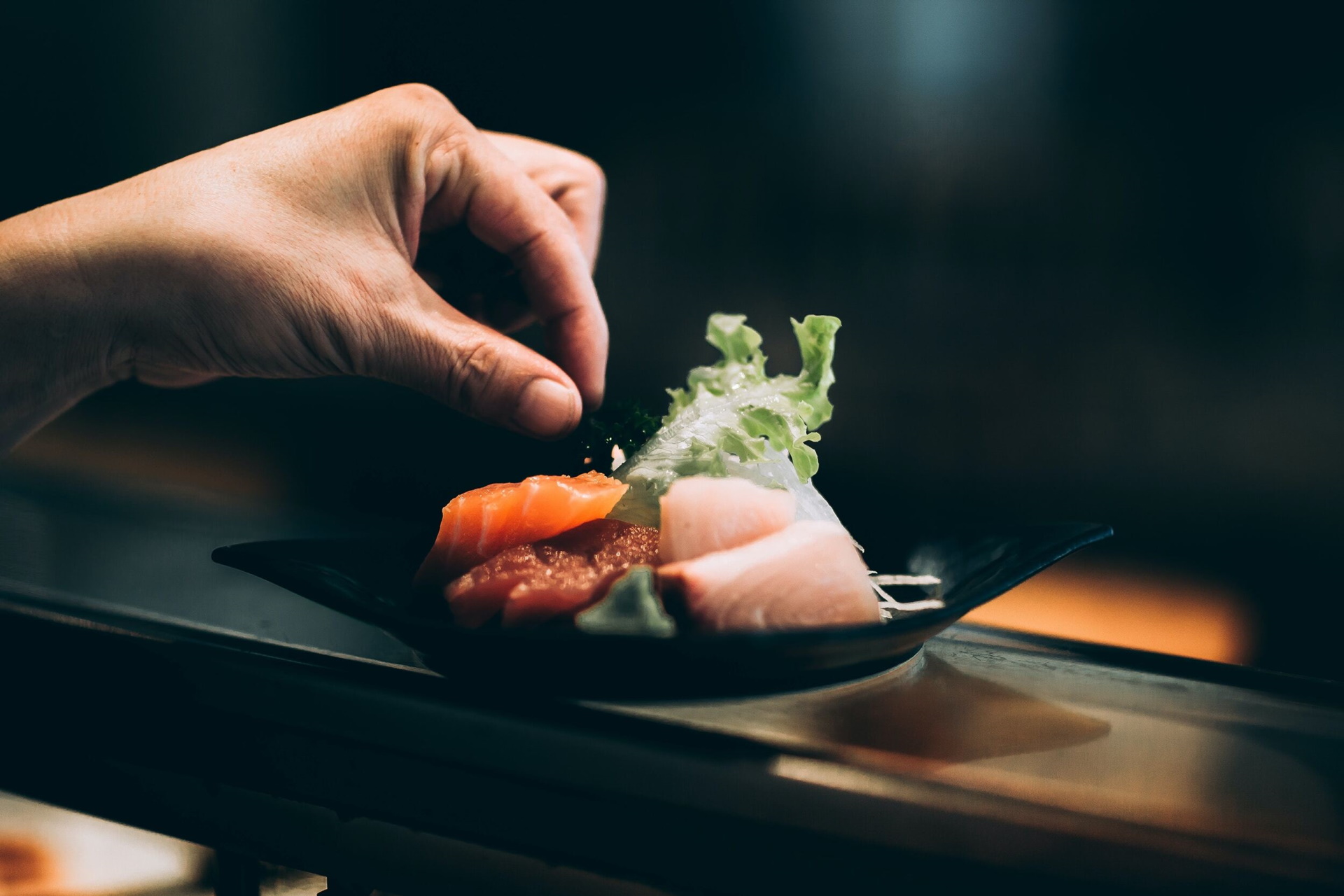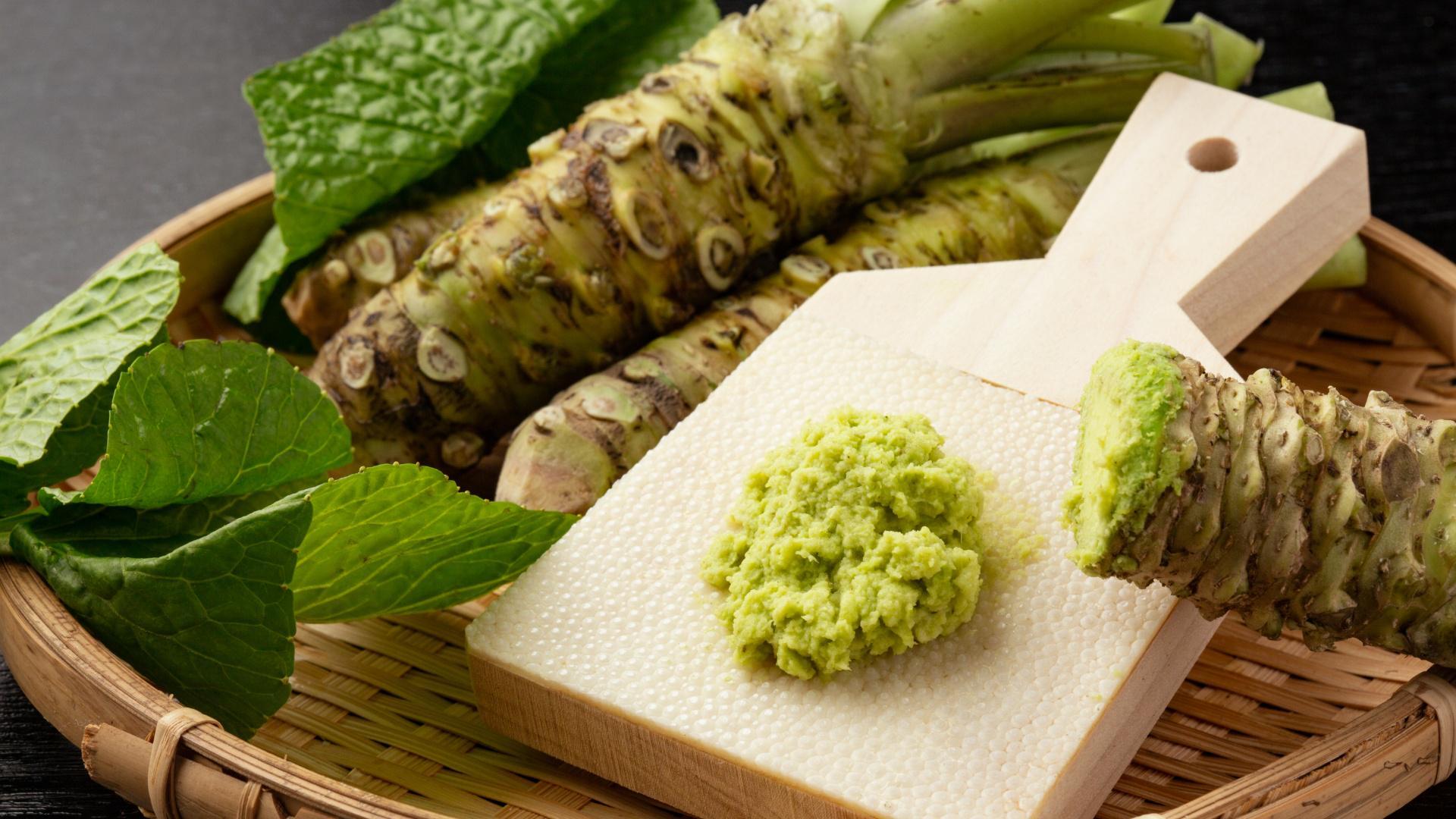Chicago might not be the first place you think of when someone mentions sushi, but don’t let that fool you. The city has a thriving Japanese food scene, driven by some powerhouse chefs and catering to every price point. With everything from all-you-can-eat buffets to fine dining, it’s clear that the city has a love for authentic Japanese cuisine and sushi in particular.
For those in the know, it’s no surprise that the title of best sushi in Chicago is hotly contested. Some of the best sushi chefs in the country have made this city their home and continue to uphold the highest standards of sushi-making. Local menus reflect a deep respect for tradition alongside fresh, modern energy and innovation.

Perhaps more than any other cuisine, the quality of the ingredients is of supreme importance in sushi-making. People most associate this with the fish, which must be not only safe to eat raw (often referred to as “sushi-grade”) but also flavorful enough that doing so is an enjoyable experience.
Sourcing top-quality fish is just one part of building a foundation of excellence for your sushi. A balance must be struck between using locally sourced ingredients for peak flavor and freshness and the imported Japanese elements that make for an authentic sushi experience. You may be making sushi in Chicago, but some key ingredients should be imported from Japan. There are ways to create local substitutes, but they’re never as good.
Take wasabi, for example. Most wasabi in the United States is actually made with horseradish, mustard, and food coloring. It might give you a spicy kick, but it’s no match for the fresh snap of the real wasabi, known as “hon-wasabi,” which is made from a specific plant cultivated almost exclusively in Japan. Unlike the familiar green paste, hon-wasabi is usually served finely grated.

One of the great things about the Chicago sushi culture is its openness to inventive new takes on the traditional classics. Experimentation is practically the norm, so alongside the standards, you’ll often find a fusion of taste profiles and ingredients from other cuisines.
Traditional sushi has a distinct flavor profile: the bite-size morsels usually pair fish or vegetables with the classic sticky sushi rice. Sushi was designed to be eaten in a single bite, so sizing is as important as the contents. Traditional sushi has the nori on the outside, securely holding all the other ingredients. It was only when sushi came to the West that it was hidden beneath the sushi rice to suit Western aesthetics. This kind of sushi is also simpler in its ingredients, preferring to let a single ingredient shine from its nest of rice rather than adding complex flavors or sauces.
Fusion sushi breaks free of the traditional sushi formula, bringing new flavors and textures to the table. Although it’s often considered standard now, the California roll began its life as fusion sushi, adapting the form to cater to Western tastes – and taking advantage of avocado being cheaper than fresh tuna. Western diners prefer intense flavors, compared to Japanese subtlety, so you get new proteins and combinations of flavors. Fusion cuisine incorporates flavors from different regions and cultures, and with sushi, that means anything from Mexican grilled beef and spicy salsa to Hawaiian marinated fish.

Sushi can be so much more than a quick bite – in the right hands, it’s an integral part of a phenomenal dining experience. When looking for the best sushi in downtown Chicago, look no further than your nearby Sushi by Bou restaurants in West Loop, Gold Coast, or Lincoln Park. All our sushi restaurants are known for their top-quality fish and seafood, which are incorporated into our menu in old, new, and delicious ways.
At Sushi by Bou, our intimate dining rooms and sushi counters set the scene for a first-class evening of sushi. Our timed omakase seatings allow our sushi chefs to guide you through a customized 12- or 17-piece menu, creating a whole new dining experience each time.
Get in touch with our team if you’d like to make a reservation.